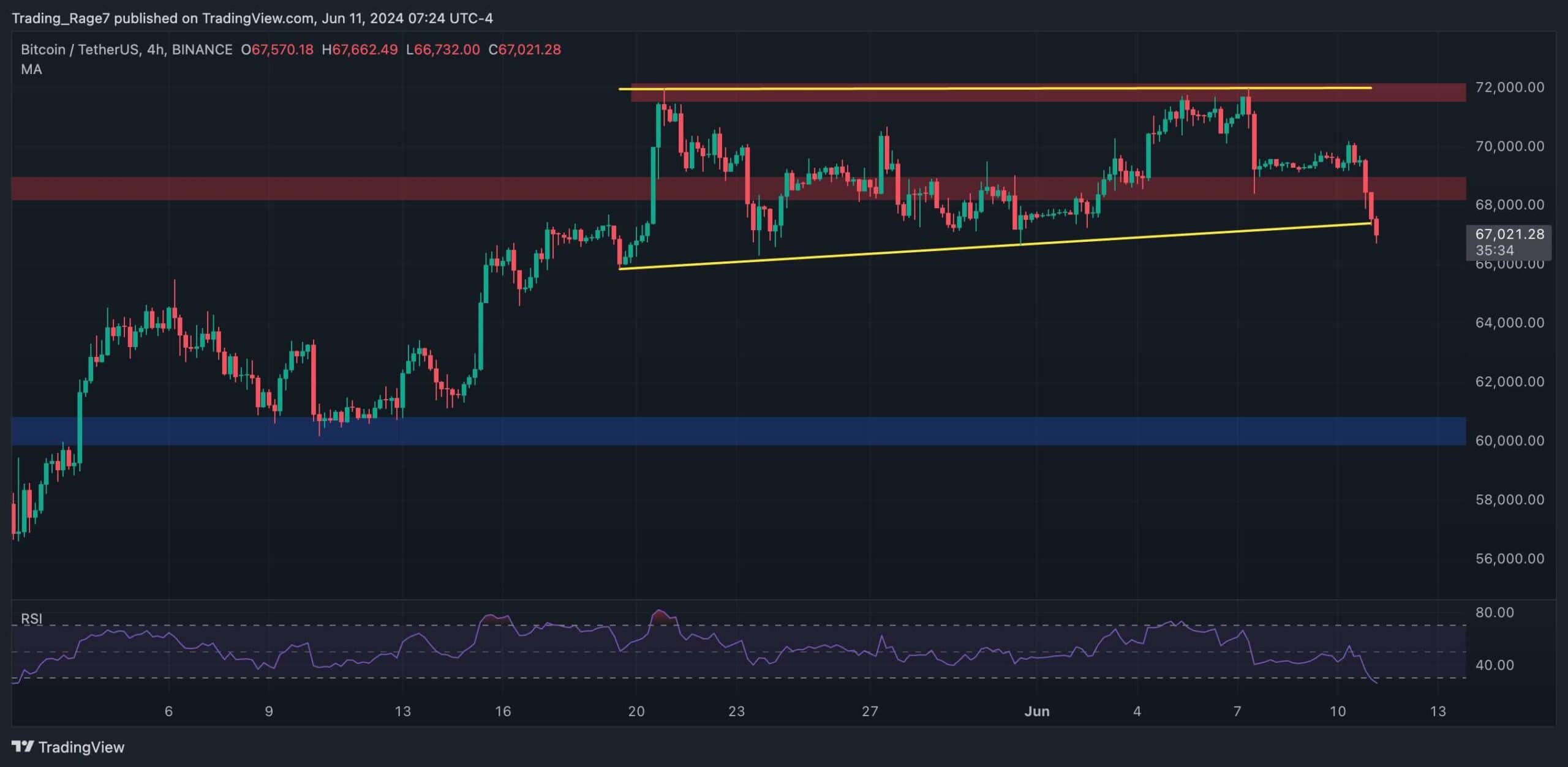Helium Execs and Friends Allegedly Hoarded Majority of Wealth: Report
After reviewing hundreds of leaked internal documents, transaction data, and interviews with five former employees of the $1.2 billion company, which boasted backings from Andreessen Horowitz and Tiger Global, Forbes found that insiders managed to quietly accumulate a majority of the tokens earned at the project’s start.
Helium executives and their friends have amassed much of the wealth generated in its earliest and most lucrative days, the new report states.
Not “People’s Network”?
According to the report, 30 digital wallets appear to be connected to Helium employees, their friends, and family. This group of wallets mined 3.5 million HNT in the initial three months of its inception. More than a quarter of all HNT was then mined by insiders in the next three months. The total funds were valued at $250 million when the price peaked last year but are worth approximately $21 million following the 2022 crash.
Compensating early investors and employees by allotment of tokens is common for companies. Typically, these details are revealed in blog posts or white papers. While Helium established Helium Security Tokens (HST), as per which one-third of HNT tokens were to the insiders, this group of individuals still raked in assets that were meant for public supply. According to Forbes, these were worth millions.
Helium’s community, on the other hand, was left with just 30% of the total public supply.
The company essentially allows users to run nodes in a wireless network in exchange for a reward of its native HNT token. Users burn HNT in exchange for internet data, thereby driving revenue.
In August 2019, each hotspot earned an average of 33,000 HNT as opposed to only 2 HNT per month today. Insiders even exploited vulnerabilities that were only known to the company to fetch more gains.
The viability of the token-based model of Helium is under the scanner after the decentralized wireless network made $92,000 from July 2021 to August 2022. A major chunk – over $53.3 million – came from individuals who purchased and registered new hotspots.
The recent developments unfolded just days after Helium announced officially moving from its custom blockchain to Solana, citing network scalability as the reason behind the move.
The Lime and Salesforce Controversy
Helium was accused of bragging about rideshare company Lime as one of its marquee clients last month. The company claimed that Lime used its service to geolocate rentable e-scooters and mentioned the partnership on its website and in press coverage with numerous news outlets.
However, it was later confirmed by the Lime senior director for corporate communications, Russell Murph, that no such relationship existed beyond an initial test of its product in the summer of 2019.
Cloud computing giant Salesforce was yet another company that was featured along with Lime and also confirmed that it had no partnership with Helium. Following the uproar, the logos of the two firms were removed from HeliHelium’ssite.
The post Helium Execs and Friends Allegedly Hoarded Majority of Wealth: Report appeared first on CryptoPotato.









